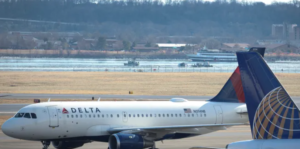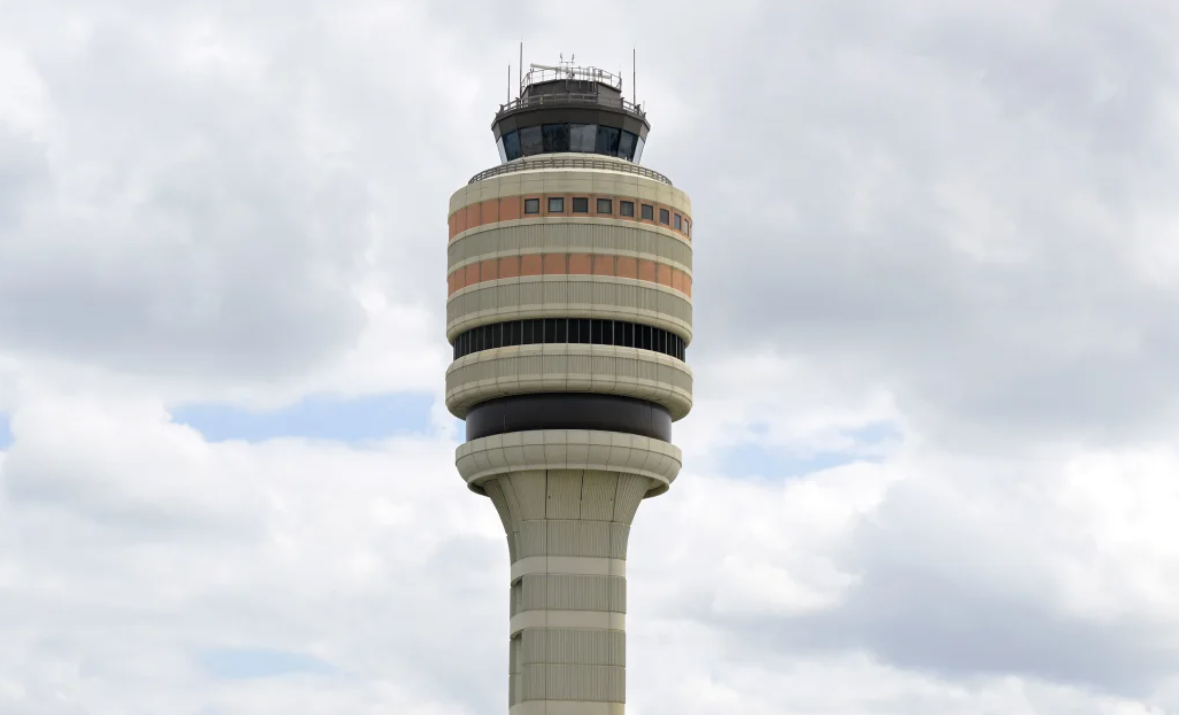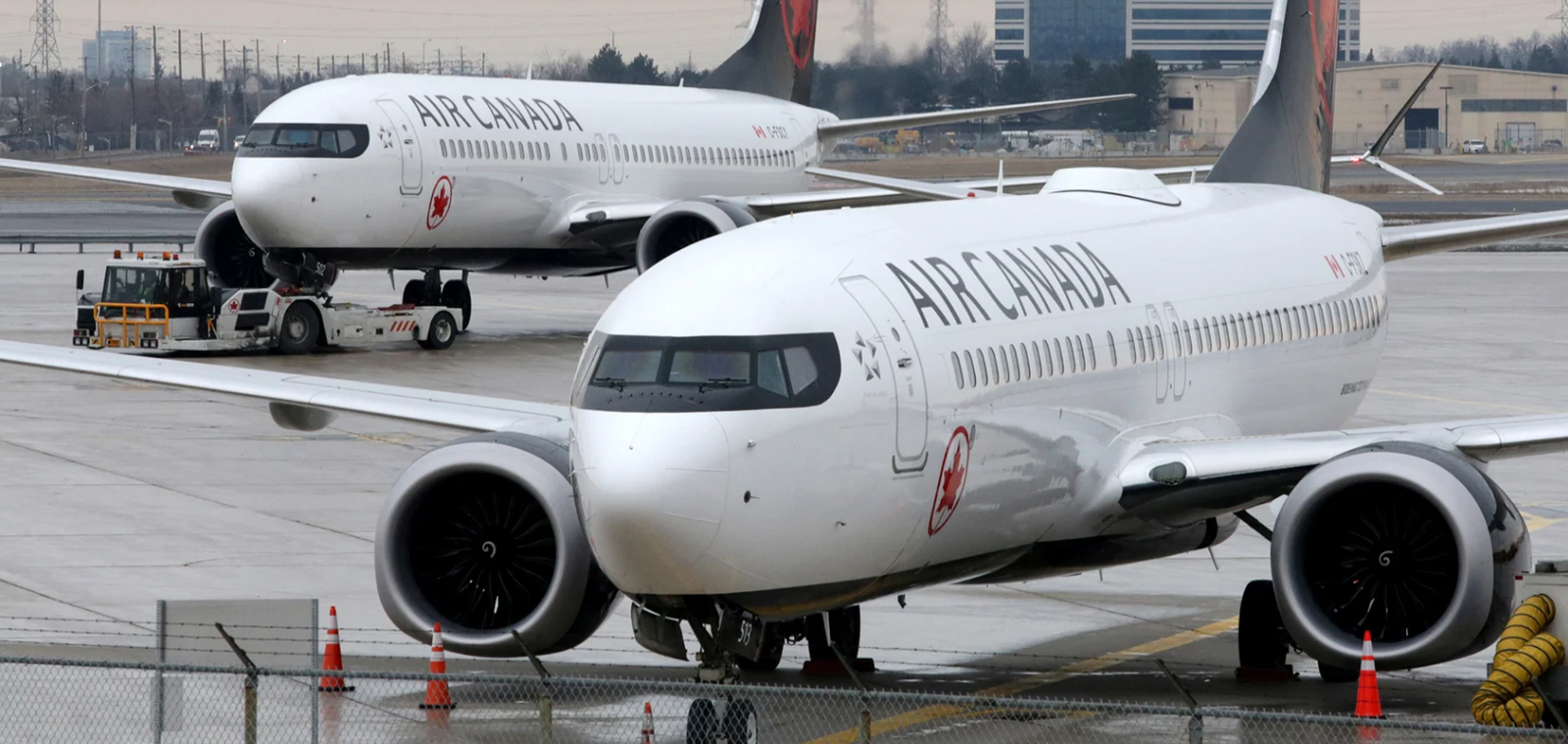Nepal is set to implement new regulations that would require climbers to have prior high-altitude experience before being granted a permit to scale Mount Everest. According to a draft law under review, only those who have successfully climbed at least one 7,000-meter (22,965-foot) peak within Nepal will qualify for an Everest permit.
The Himalayan nation, which heavily depends on tourism, mountaineering, and trekking for foreign income, has often come under fire for allowing large numbers of inexperienced climbers to attempt the world’s tallest peak. This has led to severe overcrowding, particularly in the “Death Zone,” a perilous area near the summit where oxygen levels are too low to sustain human life for long periods.
The dangerous congestion has been cited as a major factor in fatalities on Everest. In 2023, Nepal issued 478 climbing permits for Everest. That year, at least 12 climbers lost their lives, and five more were reported missing. In comparison, eight climbers died in 2022.
The proposed law would also mandate that both the expedition leader (sardar) and mountain guides must be Nepali citizens. The bill is currently awaiting approval in the National Assembly, where the governing coalition holds a majority, increasing the likelihood of its passage.
International expedition leaders, however, are urging Nepal to reconsider the specifics of the new rule. They argue that climbers should be allowed to count 7,000-meter peaks from outside Nepal, and even slightly lower-altitude mountains often used in preparation for Everest, such as Ama Dablam, Aconcagua, and Denali.
Lukas Furtenbach, who heads Austria-based Furtenbach Adventures and is currently guiding a team on Everest, emphasized the importance of allowing experienced foreign guides to work in Nepal due to a shortage of certified local guides. “What matters most is that guides have proper certification, such as IFMGA credentials, regardless of their nationality,” he said.
Garrett Madison, of U.S.-based Madison Mountaineering, suggested a more flexible approach, proposing that experience on a 6,500-meter peak anywhere in the world should be enough to qualify for an Everest attempt.
Nepal is home to over 400 peaks open for climbing, with 74 of them exceeding 7,000 meters in elevation. However, officials say only a handful of these mountains attract climbers due to accessibility and popularity. Tashi Lhakpa Sherpa, from the prominent 14 Peaks Expedition company and an eight-time Everest summiteer, confirmed that few of Nepal’s high-altitude peaks are frequently used as training grounds.















